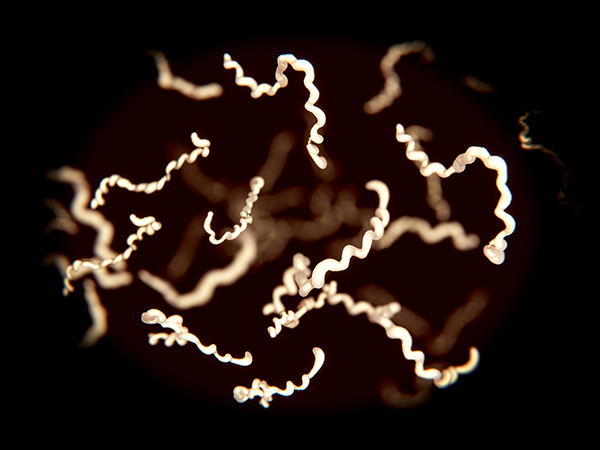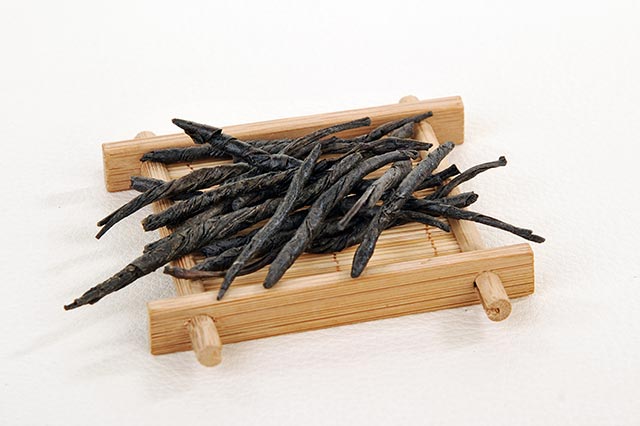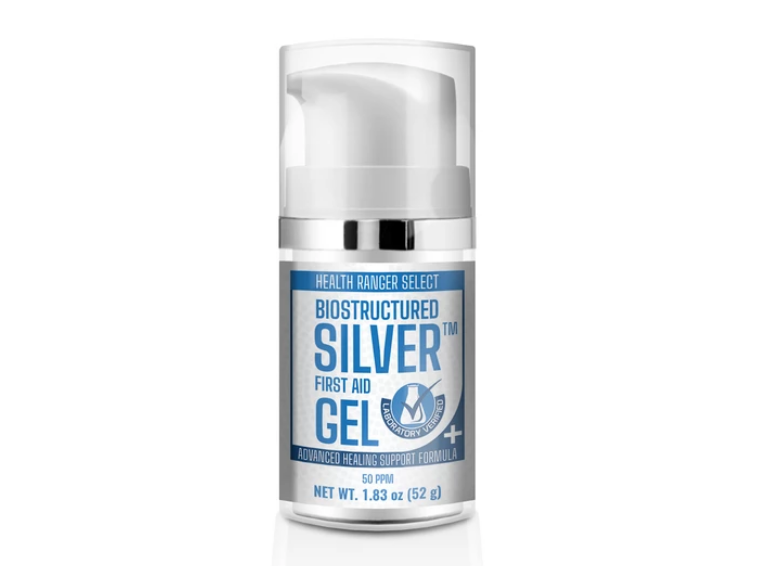The symptoms of acute and chronic Lyme disease and how to treat it
12/06/2019 / By Darnel Fernandez

A person can just be enjoying a day outdoors before he finds himself face-to-face with the last creature he wants to see crawling around on their body — a tick. An encounter with this particular insect could lead to an infectious disease called Lyme disease. While people have discovered plenty of ways to protect themselves from Lyme disease, those who contract it end up dumbfounded on what to do because of the disease’s highly variable symptoms. Gaining knowledge on the many ways this disease could manifest itself could allow you to get a head’s up on the symptoms of Lyme disease and treat it before it becomes a bigger problem.
Lyme wars: acute vs. chronic
Lyme disease is primarily caused by a bacteria known as Borrelia burgdorferi. It is transmitted to humans through a bite from a black-legged or deer tick infected with this particular bacteria. According to the Centers for Disease Control and Prevention (CDC), there are approximately 30,000 cases of Lyme disease reported in the United States every year. However, this number does not reflect every diagnosis: The CDC estimates that there could be 300,000 people contracting Lyme disease each year, about ten times the reported value. (Related: Lyme disease: A national health crisis now sweeping across the country.)
There are two types of Lyme disease: acute and chronic. The former refers to the condition in its early stages, almost immediately after being infected by a tick bite. Some of the common symptoms at this particular stage include headaches, fever, sweating, fatigue, chills, and muscle pain. If you think you have contracted the disease, the best course of action is to consult your healthcare provider. Those who are still not convinced could opt to seek a second opinion from a Lyme specialist.
Sponsored: NEW Biostructured Silver First Aid Gel created by the Health Ranger combines three types of silver (ionic silver, colloidal silver, biostructured silver) with seven potent botanicals (rosemary, oregano, cinnamon and more) to create a breakthrough first aid silver gel. Over 50 ppm silver, verified via ICP-MS lab analysis. Made from 100% Texas rain water and 70% solar power. Zero chemical preservatives, fragrances or emulsifiers. See full details here.
If acute Lyme disease remains unchecked for some time, it could develop into chronic Lyme disease. This usually happens after about three weeks since your initial exposure to the tick bite. However, some experts believe that this type of Lyme disease could be delayed for months or even years after being bitten because of the immune system, only to pop up suddenly after any event that compromises the system. According to integrative physician Bill Rawls, the symptoms of Lyme disease could even go dormant for nearly a whole lifetime.
“Most of my patients don’t remember a tick bite; most say something like, I got sick when my house burned down, or my business collapsed, or my wife left me, or when I got in a car accident – after this insult that affected their immune system,” he added.
The symptoms of chronic Lyme disease could vary from person to person but some of the possible symptoms include the following:
- Tingling
- Joint and muscle pain
- Headaches
- Dizziness
- Fatigue
- Chest pain with palpitation
- Difficulty falling and staying asleep
As with the acute version of this illness, seeking a specialist should be your top priority if you think you have chronic Lyme disease. Regardless of which stage you find yourself on, it could be treated by having a strong immune system to minimize the symptoms. You can start adding nutrient-dense whole foods to your diet to nourish your body and boost your immune system. You could also focus on improving gut health, where 80 percent of the immune system resides in. Making other lifestyle choices like sleeping more and getting more exercise are also excellent strategies that could help bolster the power of your immune system.
If you want some more traditional ways to treat Lyme disease, using essential oils might be right up your alley. Some types of oils have antibacterial properties that help quell bacteria in your body. In fact, a study published in Frontiers in Medicine evaluated the activity of 34 essential oils against B. burgdorferi in a laboratory setting. Researchers from the U.S. and Switzerland observed that three of the oils were able to eradicate the bacteria completely without any regrowth. The oils that were effective were cinnamon bark, clove bud, and oregano.
Lyme disease can be a hassle to deal with. But with proper knowledge, one could devise a plan to identify the symptoms as early as possible and apply the proper treatments to prevent the disease from getting any worse.
For similar stories on illnesses and strategies to treat them, visit Health.news.
Sources include:
Tagged Under: alternative medicine, Borrelia burgdorferi, cinnamon bark, clove bud, disease treatments, essential oils, herbal medicine, herbal remedies, infectious diseases, Lyme disease, natural medicine, oregano, prevention
RECENT NEWS & ARTICLES
Herbs.News is a fact-based public education website published by Herbs News Features, LLC.
All content copyright © 2018 by Herbs News Features, LLC.
Contact Us with Tips or Corrections
All trademarks, registered trademarks and servicemarks mentioned on this site are the property of their respective owners.


















